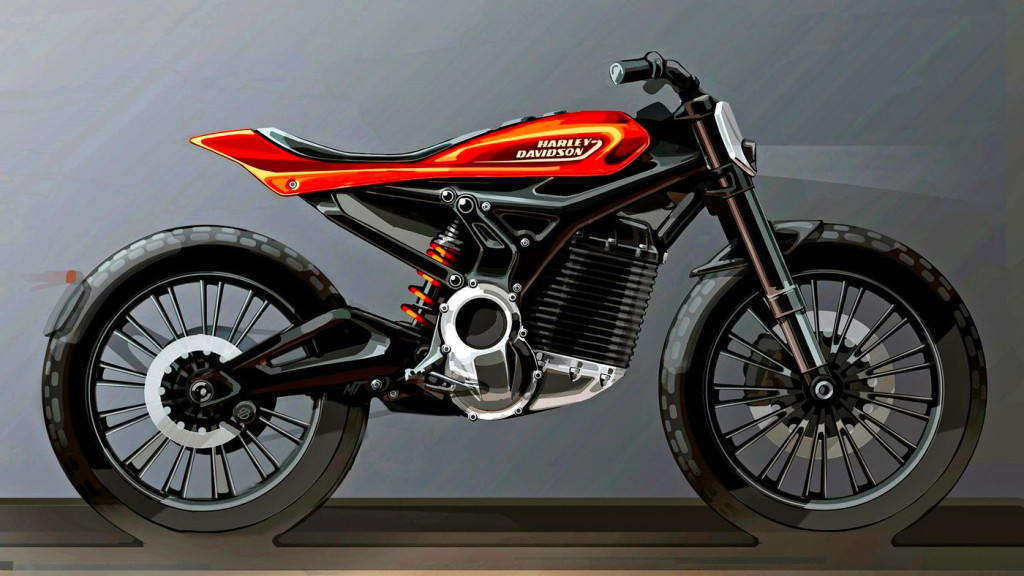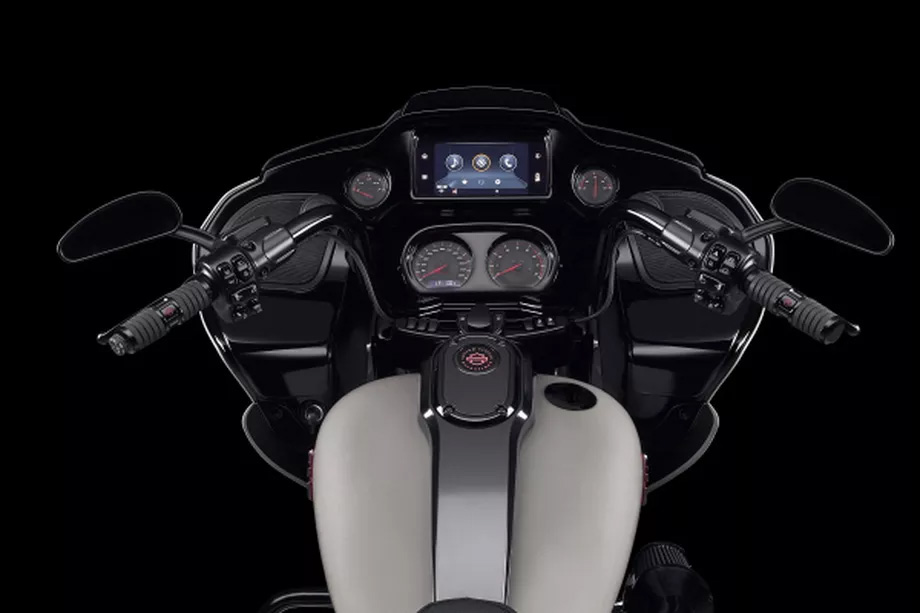
The LiveWire may have been Harley-Davidson’s first foray into electric motorcycles, but it certainly wasn’t its last. And taking a look at the next Harley-Davidson electric motorcycle in the works may help lend some insight into the direction this legacy motorcycle manufacturer is headed.
To be fair, Harley-Davidson has always been clear that the LiveWire was just its opening salvo on the electric motorcycle front.
And while the $30,000 LiveWire is meant to serve as a halo product that showcases the manufacturer’s abilities in the electric motorcycle space, it is the slew of upcoming Harley-Davidson electric two-wheelers that will be more attractive to the masses.
That includes everything from electric bicycles to an awesome-looking H-D electric moped/scooter, and even a Harley electric dirt bike. But perhaps most interesting is the mid-power offering that H-D has promised will be ready by 2022 at the latest.
There’s no official name yet for Harley-Davidson’s second electric motorcycle. So far, the company has simply referred to its as the “Mid Power” option internally and in investor presentations.
But the bike has to have been in the works for a while now at Harley’s Silicon Valley R&D center, considering we got our first look at a design sketch over 18 months ago, seen below:
First design concept sketch of Harley-Davidson mid-power electric motorcycle
All indications are that this bike will be a smaller and (hopefully) more affordable electric motorcycle that can interest younger riders. In fact, winning over younger riders has been a leading goal of H-D’s electric motorcycle push for the last few years.
Compared to the LiveWire, the initial design sketch shows a lighter bike for a single rider, a smaller motor, and a smaller battery pack. And perhaps most importantly of all, it looks rather un-Harley. And that’s not a slight, but rather an observation that could speak to H-D’s goal of expanding its ridership. While the LiveWire is an impressive bike, the H-D team did a pretty decent job of retaining the look and feel of a Harley. A head-on shot screams H-D, especially with that headlight. And while that honors H-D’s long design legacy, it may not be the best way to win over younger riders that frankly don’t care much about legacy.
Harley-Davidson LiveWire — very much still a Harley
But the design sketch of Harley-Davidson’s next electric motorcycle shows a distinctively new direction. The frame doesn’t obscure the battery like in the LiveWire, but rather shows it off as a central design piece, accentuating the bike’s electric powertrain. The distinctive Harley headlight is gone in favor of a smaller unit.
The bike seems to have some flat track DNA in it, but with a sportier twist. It looks almost like an American take on a smaller Japanese sport bike. It feels fun and new.
Updated concept sketch of Harley-Davidson mid-power electric motorcycle
And when you check out a more recent sketch, above, we can see H-D doubling down on these design notes. The bike retains a similar small, sporty stance. But now it looks even more fit for production with additions including a larger battery, a forward-mounted controller (likely for cooling), a coaxially mounted motor/swingarm, and even pillion pegs for a passenger.
This is shaping up into an electric motorcycle that I’d stand in line to buy.
And the fact that it is a Harley-Davidson seems almost secondary now. There’s obviously still branding there, but the bike embodies a new direction. It’s almost as if H-D designers started with a different goal this time. Instead of asking “How can we design a roaring electric Harley?” the team asked themselves, “How can we design an electric motorcycle to win over the masses? And oh right, it’s also a Harley, by the way.”
The current corporate timeline puts this mid-power electric motorcycle in the 2021-2022 window, which feels frustratingly far off.
But we waited five years for LiveWire, so if we have to wait two more years for this one, I think I’ll find a way to survive.
Though with all of the interesting small and middle-weight Asian electric motorcycles heading our way, I hope H-D doesn’t dawdle. The electric motorcycle market is quickly becoming more crowded, and it’s H-D’s game to lose now. So chop-chop, Milwaukee. Let’s see what you can do!






